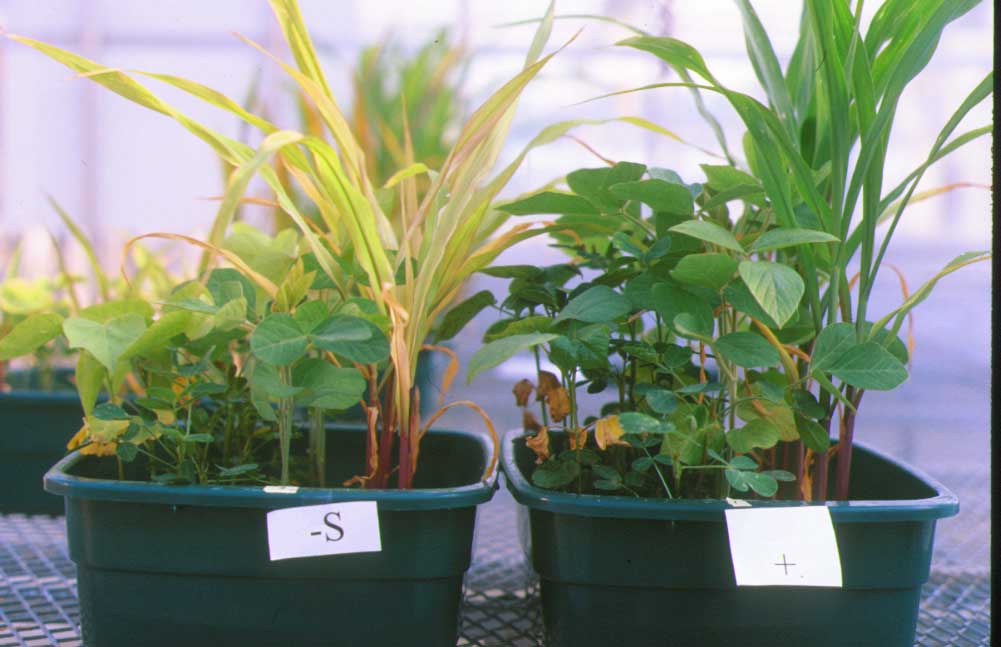- Thread starter
- #81
I wouldnt say ph. But I would say maybe fert burn. I dont use any additional nutes. The burn has to be distinguished by the looks, then broken down backwards to what it is.. Watering would be a great assumption overall, but i think that there may be other factors as well, considering they all got the same application, and just that flower went haywire.
Watering Solution "tha mixx"
90.0% (~>1gal) City Balanced ~6.8-7.1pH avr. (At room temp)
5% (1 lid full) Liquid Seaweed 0.0.1 + iron -at room temp
1% (200mg) Vitamin B-1
5% (1Tb) Alaskan Fish Fertilizer 5-1-1
Total=1Gal. (Shake)
This is all they get... never changes.
No other plants are effected? Weird.
*shrugs*
Watering Solution "tha mixx"
90.0% (~>1gal) City Balanced ~6.8-7.1pH avr. (At room temp)
5% (1 lid full) Liquid Seaweed 0.0.1 + iron -at room temp
1% (200mg) Vitamin B-1
5% (1Tb) Alaskan Fish Fertilizer 5-1-1
Total=1Gal. (Shake)
This is all they get... never changes.
No other plants are effected? Weird.
*shrugs*








